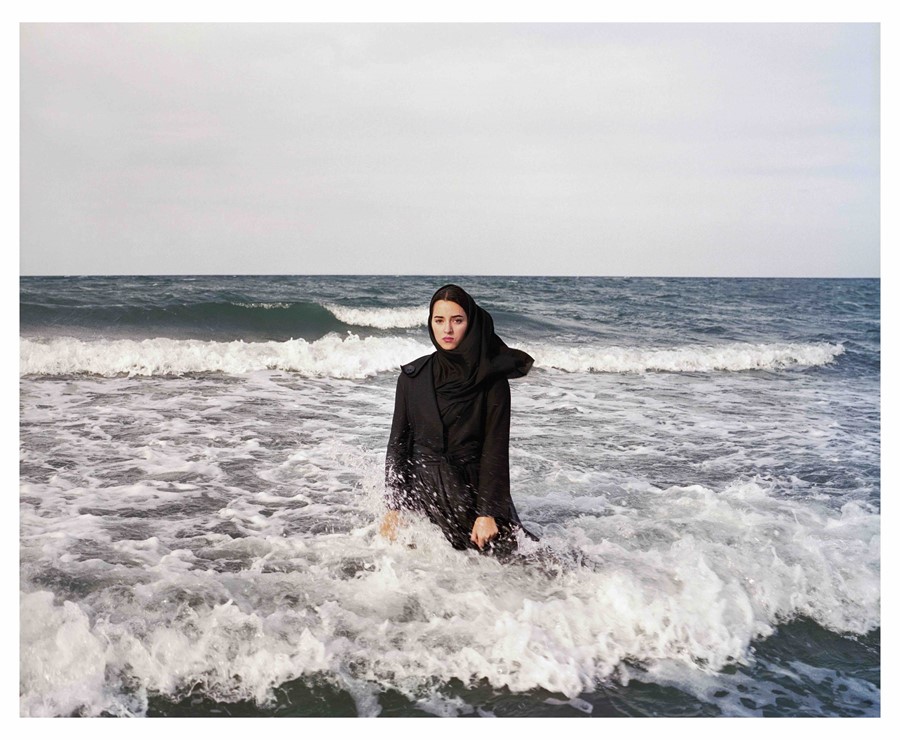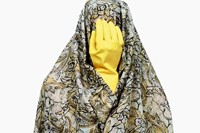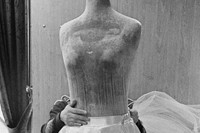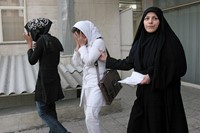A new Thames & Hudson book compiles work by 23 female photographers recording the past and present upheavals of their homeland
In September of last year, Iran was seized by tumult as processions of its population took to the streets in reaction to the death in custody of Mahsa Amini, a 22-year-old Kurdish woman who had been detained for allegedly breaching the Islamic dress code. In protest, women removed their hijabs en masse in front of police officers, denouncing the violent and firmly entrenched suppression of Iranian women that has been undercut, ignored and buttressed for centuries.
Breathing Space: Iranian Women Photographers is an evocative and staunch new photo book that devotes its pages to the intergenerational crusade for social, political and creative liberty. Anahita Ghabaian Etehadieh, founder of Iran’s inaugural Silk Road Gallery, compiles the work of 23 female practitioners offering sensitive and powerful portraits of the hunger for freedom and the faculty of women to shape the world. Whether through documentary photography or conceptual compositions, the photographers featured are resolute in presenting distinct visual metonymies that simultaneously deal with personal and collective histories.
“There are several key themes that speak across the three generations; gender equality, environment, nostalgia, intimacy and war,” Ghabaian Etehadieh tells AnOther. “Each series tells a story about contemporary Iran and Iranians. The first generation has an explicitly external focus, documenting and responding to the turbulent events in the country, both during the revolution and the Iran-Iraq War. The second begins to touch on more intimate subjects, including the everyday oppression of women. The photographers of the third generation speak in a more personal, self-reflective voice.” The choice of contemporary photographers to turn the lens on themselves is an act which Ghabaian Etehadieh suggests is entirely free from egocentrism. Instead, the individual becomes “universal”, a reflection of all women.
Opening images by pioneering photographer Hengameh Golestan provide suitable context for the book’s emancipatory tone. Golestan began taking photographs in 1972 when there were only four or five female photographs in Iran. In an interview with The Guardian in 2015, she revealed that when she’d share her profession with friends and family, they’d hawk at the prospect of a woman making a career out of a ‘hobby’.
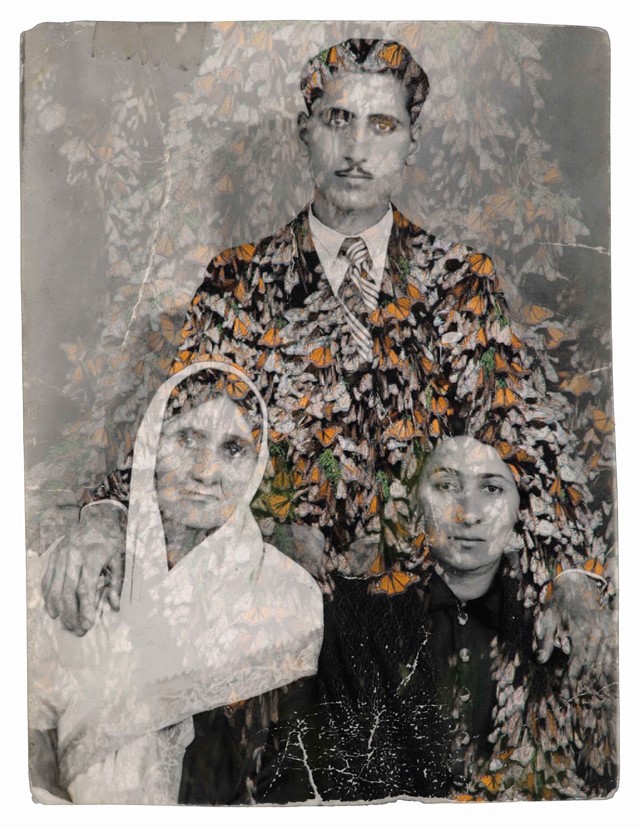
Following the Islamic Revolution of 1979, the status of women in Iran underwent significant change. The new regime implemented conservative policies based on a strict interpretation of Islamic law including the compulsory wearing of the hijab. The laws sparked debate and resistance. In Tehran, many chose to go on strike and protest in the streets and Golestan followed, feeling a responsibility to document this pivotal juncture in history. In her series Witness ‘79 a vast swathe of women as far as the eye can see gather on the streets, their fists raised in solidarity. “We were fighting for freedom: political and religious, but also individual,” she says. “This turned out to be the last day women walked the streets of Tehran uncovered.”
A melancholic tone that echoes ideas of a vanished world permeates many of the photographs in Breathing Space. In Nazli Abbaspour’s series The Enigmatic Fringe of Existence, the photographer adopts photomontage techniques to overlay snapshots taken from her family albums with those of ruins or abandoned buildings looming with the ghosts of imaginary inhabitants. Elsewhere, Malekeh Nayiny revives the memory of her ancestors and transplants them into a modern time period by using photo-editing software to inject anachronistic and colourful motifs to old photographs.
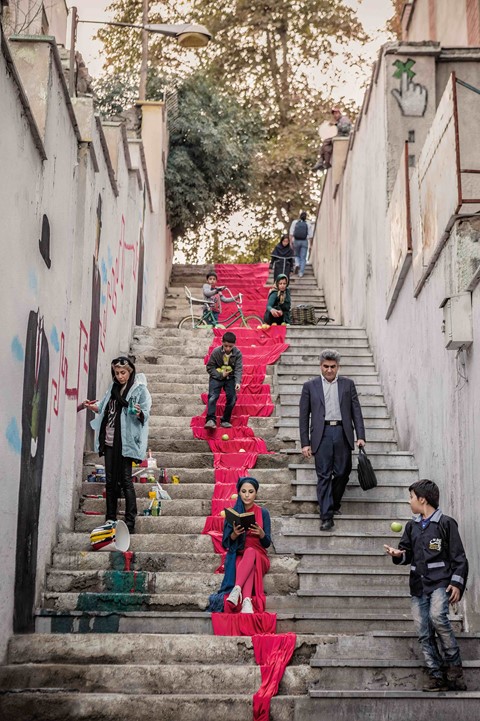
Fortifying the histories of three generations of image makers is a vital and sustained dialogue between tradition and modernity. Framed non-chronologically, Breathing Space preserves visual memory while permitting an unflinching reckoning with the conflicts and social landscapes that some women may not have explicitly experienced themselves. Shadi Ghadirian, who grew up during the Iran-Iraq war, continually highlights these tensions. “In one series in the book, Shadi obscures individual women’s faces with modern domestic utensils to register a voice of protest at female objectification,” shares Ghabaian Etehadieh. ”In another, she juxtaposes traditional costumes with modern symbols, to emphasise the contradictions faced by women every day.”
With Breathing Space, Ghabaian Etehadieh is keen to remind us of the importance of cultivating outlets of creative expression in order to assert and safeguard individual and cultural identities. “We are living through a historic moment for Iranian women,” Ghabaian Etehadieh concludes. “They are in the process of claiming the place that they deserve in their society. They are finding new and creative means to express themselves more freely across a range of different subjects. A new generation of young women photographers are expressing their views through the camera, tackling taboo subjects and exploring oppression in its various forms. This process itself was meaningful for me in my own way and I hope this book opens up that conversation further.
Breathing Space: Iranian Women Photographers by Anahita Ghabaian Etehadieh is published by Thames & Hudson and is out now.
